There can be your advertisement
300x150
How to Prepare Your Apartment for Cold Weather
With the arrival of frost, it's not too late to make some changes. The heating season sometimes pauses, and on chilly days we clearly feel a draft under our feet. We check for potential heat leaks from the apartment and do everything to keep the warmth inside, saving money at the same time.
35%
of heat is lost
in apartments in multi-apartment buildings due to poor wall insulation.
These problems also affect monolithic buildings and brick or stone-built structures. Narrow rooms with long walls along exterior walls cool down faster than proportionally sized rooms.
18%
heat loss
is caused by windows and doors.
Add additional heat loss if your balcony is not glazed.
15%
of heat
is lost to ventilation.
This arithmetic explains the costs for heating and electricity in your utility bills.
Up to 25%
of heat
is lost through the roof.
Residents on the first and last floors are in the most disadvantageous position.
10%
heat loss
is caused by cold floors in first-floor apartments.
The lower the first floor, the colder it will be inside your apartment.
Insulate Doors and Windows
A few tips for doors: gaskets should be new and fit tightly against the frame, and two doors are better than one. Gaps between the door frame and wall should ideally be insulated with construction foam, but that’s for later renovations. For a quick fix, use foam-based insulating materials like soft tubes and wedge-shaped strips.
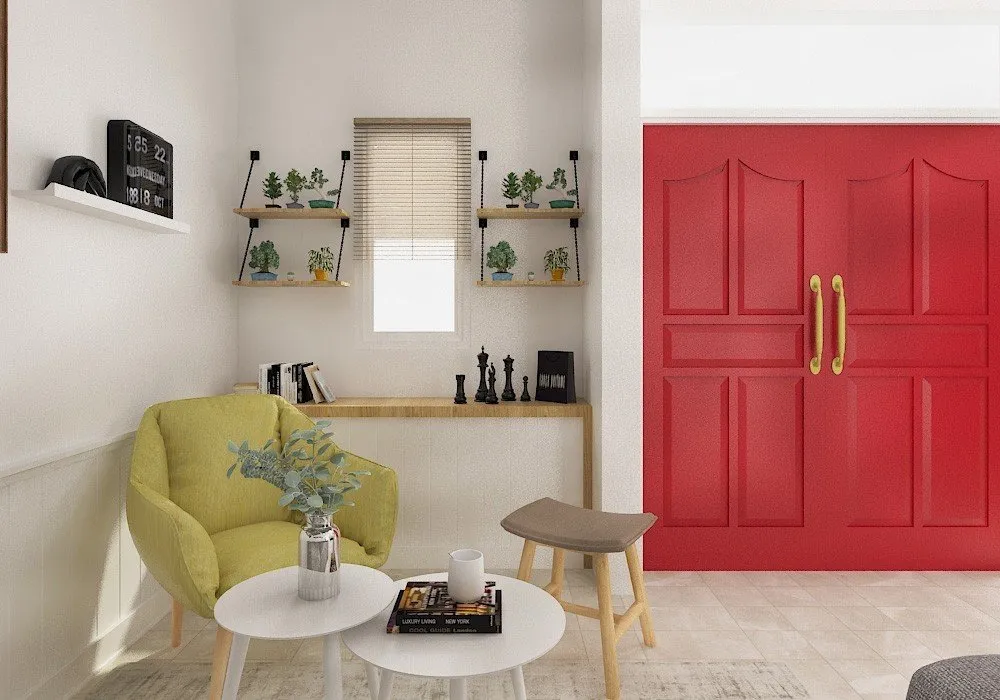
Double-glazed windows (with quality profiles, at least double-chambered with special glass coating) retain more heat than old wooden windows. The installation quality is also important: are there gaps or are the seals of good quality? In autumn, window companies often offer discounts. This is useful if you decide to glaze your balcony or loggia, even without internal thermal insulation — it adds a few degrees of warmth inside the apartment.
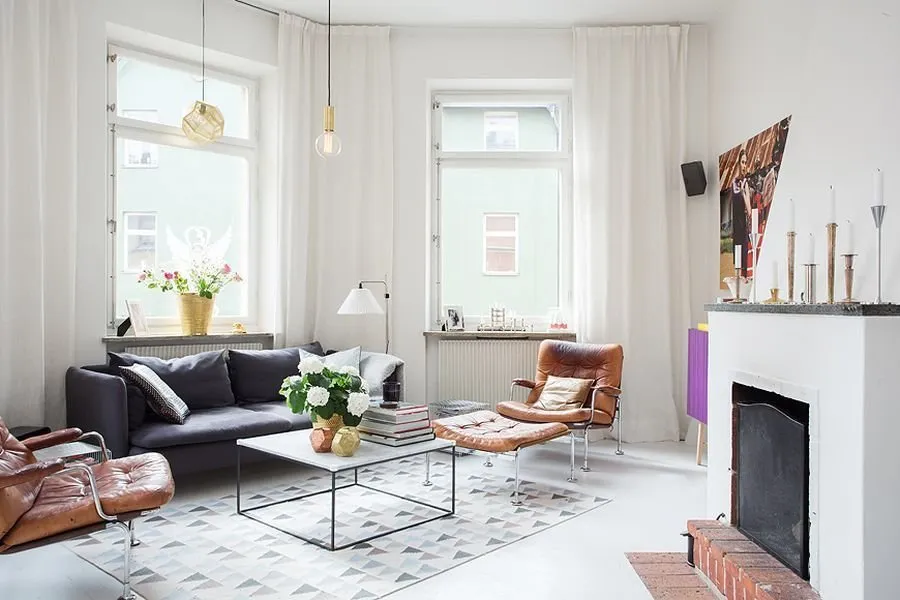
Secure the window hardware at the top edge of the opening parts or contact the service department of the company that installed the windows, under warranty. Remove mosquito nets, which still leave a small gap. Check if rubber gaskets have hardened; if they're too stiff, apply self-adhesive sealing tape around the opening frames from inside for winter. Check the integrity of the seal between window frames and internal sills (as well as the balcony threshold) and at joints of plastic trim. If needed, use a silicone waterproof sealant in a tube (white or clear), remove old sealant and carefully reseal all joints. If you feel a draft under the sill, sealants will help there too.
Strengthen Walls and Floor

Check floor trims, especially if you have laminate and the trims are installed but not sealed properly: remove them and insulate any gaps if possible. Consider wall mats made from cork, which are both functional and decorative. There are also insulating wallpapers up to 4 mm thick and heat-reflective screens behind central heating radiators. Finally, there are always wall and floor rugs.
Heaters and Radiators
We already mentioned that old cast iron radiators must be serviced by the management company before the heating season. The suggestion above about heat-reflective screens made of foam with foil is applicable to all types of radiators and easy to implement.
By the way, dark-colored radiators, not white ones, emit more heat. If this doesn't clash with your interior style, consider changing the color.
To maximize heat output, radiators should not be blocked by curtains or furniture.

Electric heaters are good helpers during the off-season and cold weather, but safety should always be a priority. The most reliable are oil-filled radiators with adjustment and programmable shut-off, mobile units in various colors to match your interior.
Don’t forget about air conditioners: many have heating functions. The key is to ensure the temperature difference between inside and outside doesn’t exceed 8 degrees, otherwise using an air conditioner is risky. Since cold air settles near the floor, the vents should direct airflow downward to warm the room faster.
Rugs and Textiles
Tactile warmth is also important: who likes sitting on a cold surface? Cushions for chairs and armchairs and additional pillows help.
For winter, choose thicker curtains with lining — they block cold more effectively. It’s even better to combine them with roller blinds or fabric blinds placed as close to the windows as possible, especially on sunny winter days, to protect from low-angle sunlight. The more layers, the warmer.
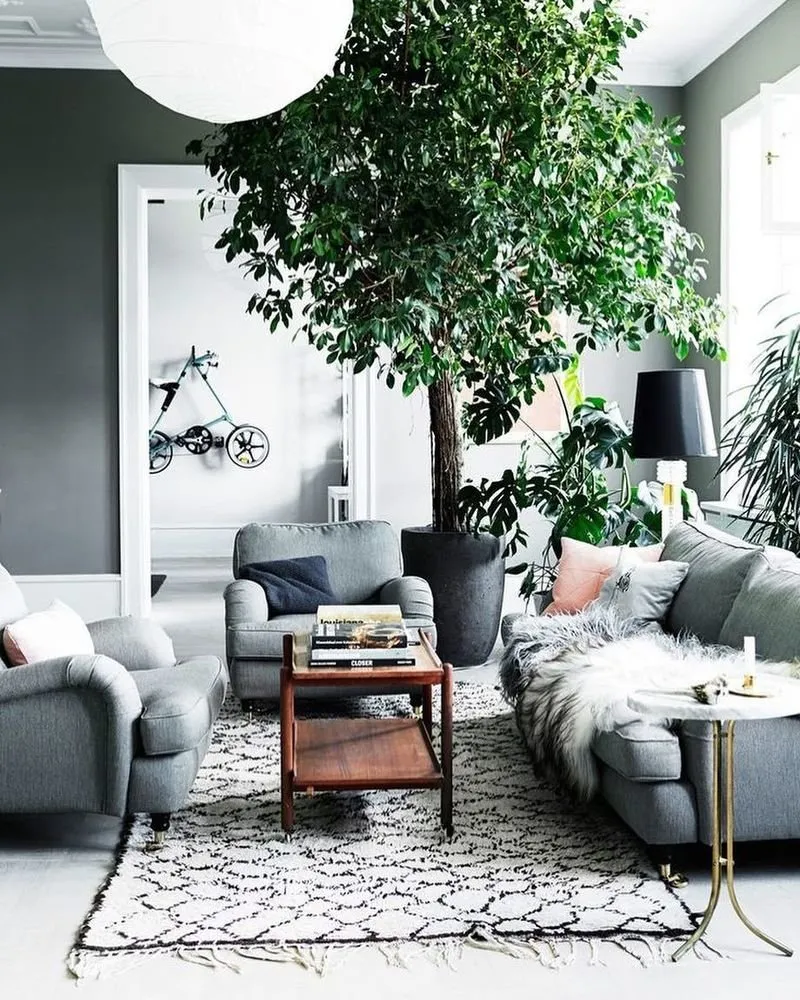
Place rugs on top of each other on the floor, in an Eastern style, if they are different sizes. When hanging rugs on walls, consider modern mounting trends (see here): it keeps the rug intact and ventilates the wall underneath.
A few words about ventilation: it’s usually on the kitchen side, and it can’t be fully closed during winter. But you can replace the grille with one that has adjustable openings.
After reducing drafts in your apartment, look into the entrance hall and talk to your neighbors: maybe it’s time to insulate the doors and windows of the entrance too?
More articles:
 How Three Generations of a Family Fit on One Plot of Land
How Three Generations of a Family Fit on One Plot of Land Personal Experience: 6 Silly Mistakes Made by Builders in a Double-Room Apartment Renovation
Personal Experience: 6 Silly Mistakes Made by Builders in a Double-Room Apartment Renovation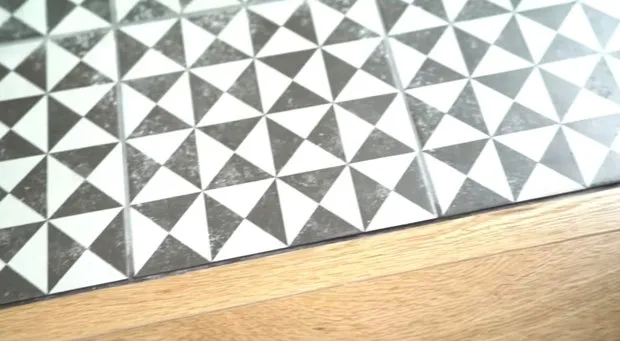 10 More Repair Mistakes Nobody Warns You About
10 More Repair Mistakes Nobody Warns You About Why Russians Love Carpets (And What to Do If You Live With One)
Why Russians Love Carpets (And What to Do If You Live With One)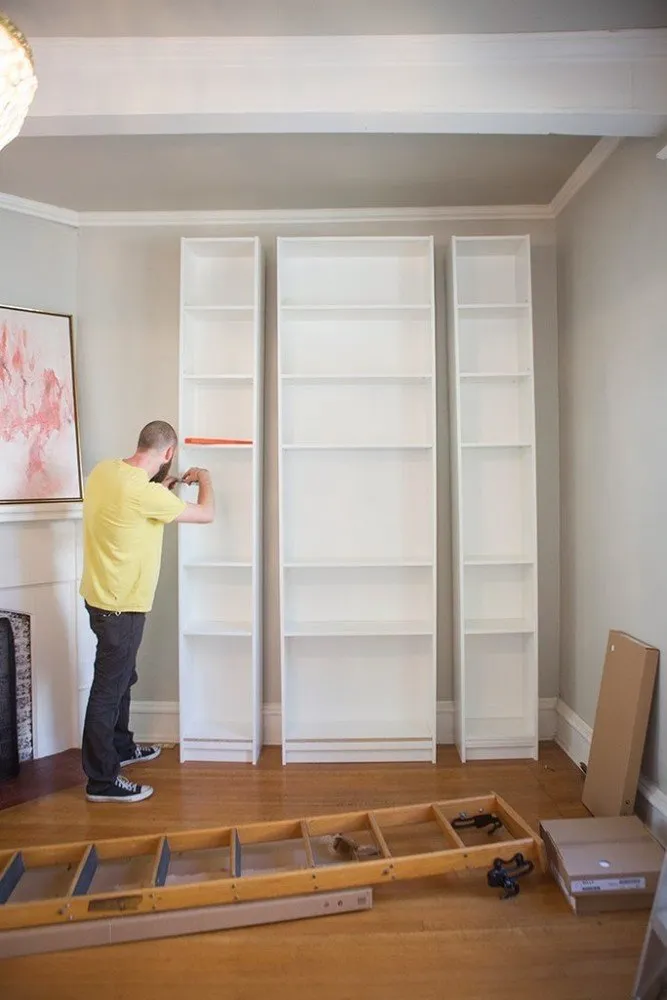 How to Transform a Cheap IKEA Shelf into a Luxury Interior
How to Transform a Cheap IKEA Shelf into a Luxury Interior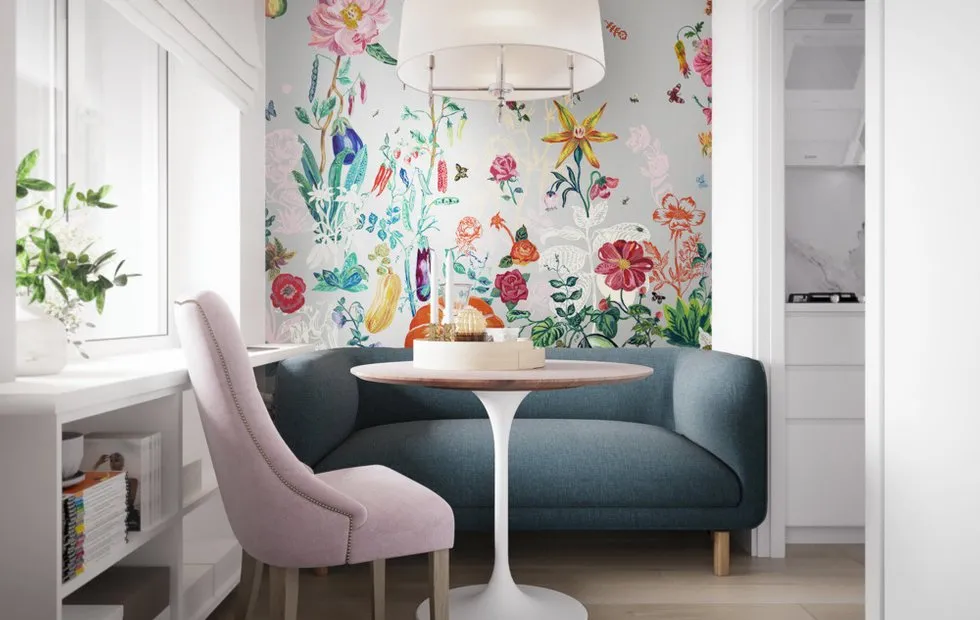 How to Make a Small Apartment Feel Larger: 5 Ways
How to Make a Small Apartment Feel Larger: 5 Ways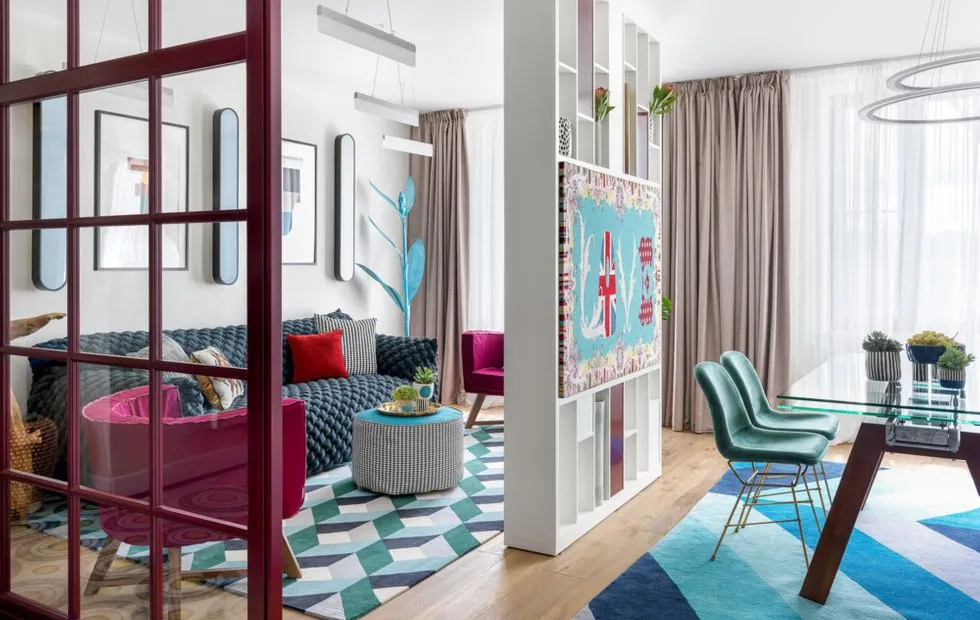 5 Simple Ways to Create a Beautiful Interior at Home
5 Simple Ways to Create a Beautiful Interior at Home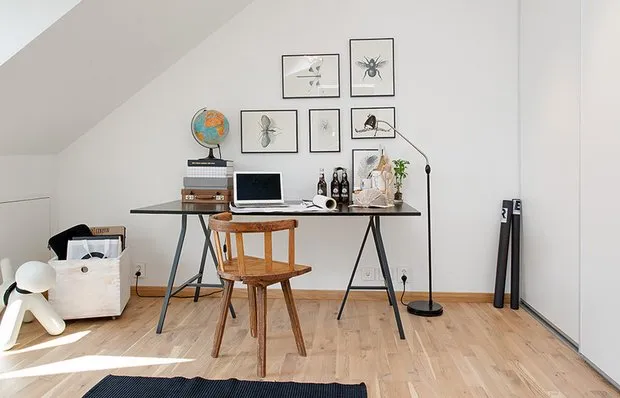 Desk Sill and 20 Genius Ideas for Working or Studying at Home
Desk Sill and 20 Genius Ideas for Working or Studying at Home